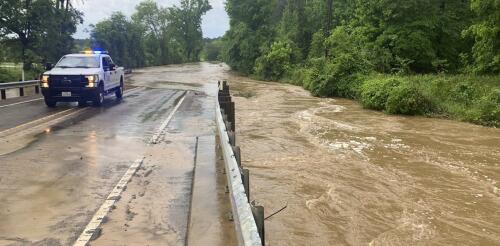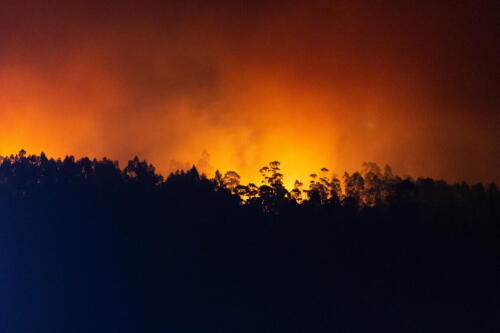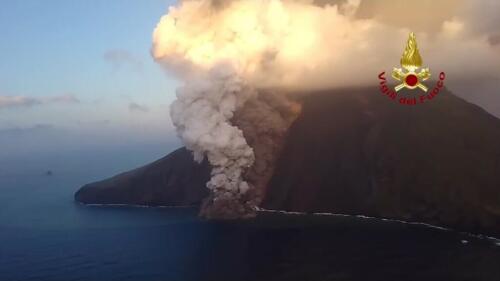environment
As wars grind on in Ukraine and Gaza, another location ravaged by conflict is taking steps to implement a historic peace agreement. From the mid-1960s through 2016, Colombia was torn by conflict between the government, leftist guerrilla movements and right-wing paramilitary groups. Now the government and rebels are working to carry out a sweeping accord that addresses many critical sectors, including environmental damages and restoration. University of Notre Dame researchers Richard Marcantonio and Josefina Echavarria Alvarez study peace and conflict issues, including their effects on the environment. They currently are advising negotiations between the Colombian government and several rebel factions over wartime damage to soil, water and other natural resources. They explain that while Colombia’s transition from war to peace has been difficult, the accord offers a model for addressing the ravages of war in places such as Gaza and Ukraine. Is it common for peace settlement...
Scenes from the Houston area looked like the aftermath of a hurricane in early May 2024 after a series of powerful storms flooded highways and neighborhoods and sent rivers over their banks north of the city. Hundreds of people had to be rescued from homes, rooftops and cars during storms, according to The Associated Press. Huntsville registered nearly 20 inches of rain from April 29 to May 4. More storm systems over the following weeks blew out windows in Houston high rises and caused more flash flooding on urban streets and already saturated ground in the region. Floods are complex events, and they are about more than just heavy rain. Each community has its own unique geography and climate that can exacerbate flooding. On top of those risks, extreme downpours are becoming more common as global temperatures rise. I work with a center at the University of Michigan that helps communities turn climate knowledge into projects that can reduce the harm of future climate disasters. F...
In 2023, the WEEE collection rate fell to 30%, a long way from the 65% requested by Brussels
Drought and above average temperatures have created the perfect conditions for the birth of spontaneous fires
The eruption resumes on the Sicilian island.which remains on red alert.The National Institute of Geophysics and Volcanology continues monitoring and releases spectacular images.The measures for the "early warning phase" have been strengthened




